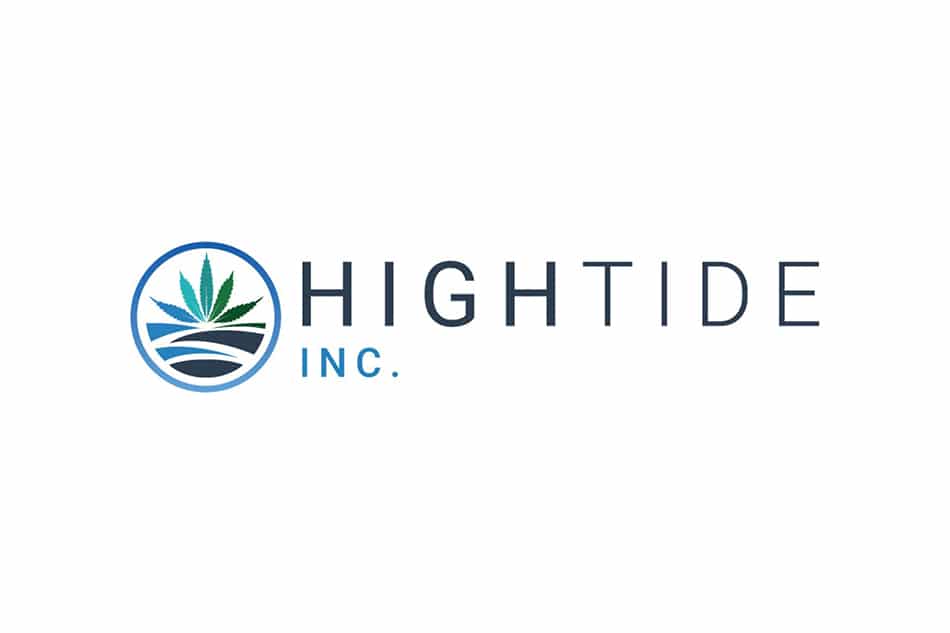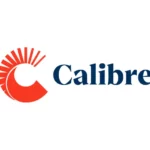Market analysts who have studied and tracked the funding given to the digital health segment since 2011 saw steady annual growth. The trend continued last year, with an impressive $7.9 billion poured into start-up ventures. However, the signals that experts noticed – the large, late-stage rounds with high valuations but shorter durations between early rounds – were similar to that of an investment cycle reaching its peak.
Does this mean the digital health market is a “bubble?”
To most investors, digital health is far from being a bubble. Of course, there are those that believe otherwise. This issue can only be resolved through a series of well-informed debates as the cycle continues.
Can Digital Health Keep Its Investors?
Two main factors will determine the sector’s capital funding in the future – the country’s overall economic health, and the dynamics that will guide investments in health care innovations.
It is clear that digital health will go where the broader sector of the venture market is. This trend indicates how digital health has grown in correlation to venture investment growth in the past five years. Both segments reached high-value deals in 2018, events that haven’t been experienced in decades. However, the current pullback in the public market could result in more wary investors. This hesitation could spill over into venture capitalism.
Factors to Consider Regarding Digital Health “Bubble”
The following factors can serve as a framework for discussion and evaluation among entrepreneurs and investors. It could help them determine whether the digital health market is in a bubble or just exploding.
Marketing overrides the basics of business: Technology’s promise to dramatically change the $3.5 trillion healthcare sector is what boosts the excitement over digital health, not the irrational and often baseless propaganda. While startups should prevail over the extended sales cycles and complex reimbursement methods, entrepreneurs and investors are aggressively learning and racing towards well-grounded business models: gambling payment on a clinical result and pushing for stable validation methods for reimbursement.
Towering cash burn outlays: One attribute that can be considered “bubbly” is the thousands of startups that are well-funded, to begin with, and are also able to raise cash quickly. A mid-Series A funding round saw a boost of about a third in the past few years. The period allotted to raise seed money and join a Series A cycle has been shortened by almost half the time since 2011. Wily entrepreneurs will discover ways to hit growth milestones while also diminishing the need to inject fresh capital.
Uncertain exit trails: The past few years have seen the M&A of digital health companies leaving much to be desired. There’s been a dearth of IPOs since 2016. The majority of acquirers last year were comprised of the digital health companies aiming to secure for scale and to flesh out their features and offers. The entry of technology frontrunners and the requisite shake-ups will push the need for innovation and chances for mergers.
An influx of funds from new investors: Data has revealed that experienced investors far outnumbered the new ones during the past four years. This trend appears to be growing. This commitment from repeat investors who are familiar with this market segment is a positive sign. It stimulates businesses to scale their growth and create a fundraising strategy that’s long term and doesn’t depend on a yearly infusion of cash.
Steep valuations separated from the basics: Valuations are rising, thanks to larger and more frequent rounds. However, some analysts are cautious of this phenomenon or “unicorn valuations.” The focus should primarily be on building a novel healthcare product. A better approach would be for startups to opt for smart money, instead of the huge payouts. This strategy will help new companies avoid overvaluation.
Misuse of investments or fraud: Market participants might be tempted to play with massive returns before the bubble finally pops. This situation can lead to a misuse of funds or fraud. Do not take what happened to Theranos and Outcome Health as the norm for health tech. There have been no signs that this fraudulent practice has tainted the whole sector.
The future is not written in stone, but there’s a big chance that capital funding will stop flowing to the digital health market at the rate that it’s currently going. Investors should brace themselves for a pullback or slowdown in venture capital funding in the digital health sector in the future. However, they should not expect the industry to pop like a bubble.
The next phase in this story will be determined by how investors and entrepreneurs adjust and prepare for a stricter market this year. If they do this, it will help protect the market against more corrections in the future and give the digital health community the opportunity to keep improving healthcare for the benefit of everyone on this planet.













